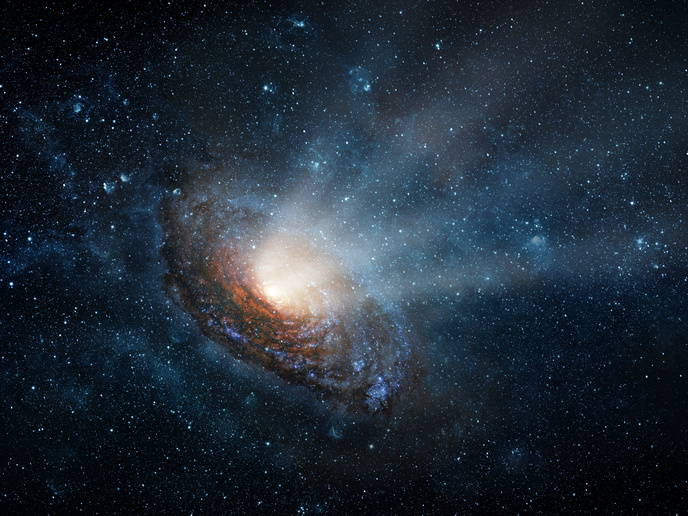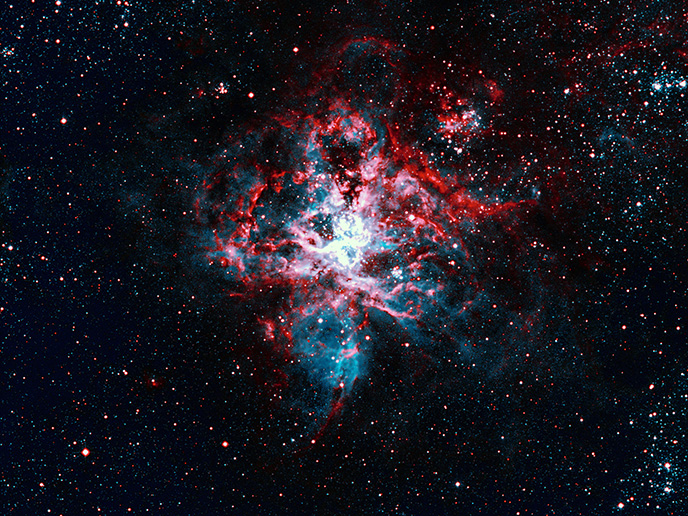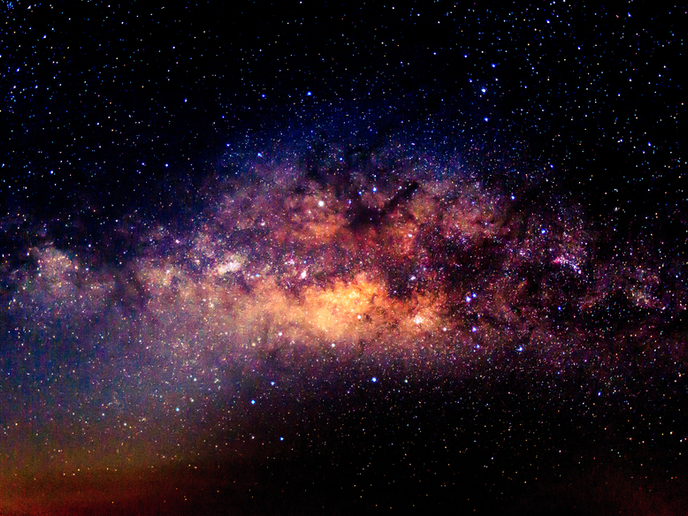Research reveals clues between supermassive black holes and galaxy evolution
Over the past few decades, scientists have discovered that supermassive black holes, with masses ranging from millions to billions of times that of our Sun, are lurking at the centres of most galaxies, including our Milky Way. Surprisingly, there are strong connections between the mass of these black holes and the mass of the stars in the galaxy’s central bulge. This is intriguing because the starry bulge extends to distances 100 to 1 000 times beyond the black hole’s direct influence. Funded by the Marie Skłodowska-Curie Actions programme, the BiD4BEST project focused on a popular model that describes supermassive black hole growth in three stages: first, the black hole rapidly grows by consuming gas in a star-forming, gas-rich, dusty galaxy. Next, once becoming more massive, it emits powerful winds that can halt star formation by removing or heating the gas, regulating its own growth and establishing relationships with its host galaxy. Ultimately, the galaxy transitions from being dusty and emitting infrared light to becoming a bright quasar, before eventually fading into a low star-forming galaxy. Researchers compared this model to ‘orientation’ models, which suggest that a black hole’s appearance depends on the viewing angle, especially if there is much dust blocking the view.
Unveiling hidden dynamics of active galactic nuclei
“We have catalogued significant samples of active galactic nuclei (AGN) – supermassive black holes actively consuming material – from their early growth stage using infrared, radio and X-ray observations. By employing advanced Bayesian-based analysis across multiple wavelengths, we identified elusive AGNs that even the deepest X-ray surveys would miss,” highlights project coordinator Francesco Shankar. The team used optimal AGN selection approaches and template fitting algorithms to detect obscured AGNs in highly star-forming galaxies. BiD4BEST research has crucial implications for large surveys, helping to determine AGN occurrence and constraining cosmological models of black hole and galaxy co-evolution. Researchers analysed feedback features and energetics associated with AGN outflows and identified approximately 1 200 candidate AGNs in the feedback phase at different redshifts. Using data from the eROSITA survey, the team assembled the largest single X-ray field sample of AGN in the feedback phase and created spatially-resolved data cubes of host galaxy properties.
Exploring galaxy mergers and black hole dynamics
Researchers used convolutional neural networks to analyse how often galaxies merge in simulated images. Using semi-empirical models and hydrodynamic simulations, they also examined the incidence of AGNs in densely packed galaxy clusters and more isolated field environments. “High-resolution hydrodynamic simulations allowed us to explore the physics of black hole growth and feedback mechanisms like AGN winds. These models are now standard for black hole feedback modelling in ongoing and upcoming simulations,” states Shankar. “Our new methods provide a comprehensive black hole mass function across the full mass spectrum, relevant for cosmological studies, and offer constraints on the existence of massive black holes in the early universe,” adds Shankar. BiD4BEST researchers have also developed a comprehensive semi-empirical model called DECODE. This model aims to predict various key observables related to galaxy and supermassive black hole mergers in a self-consistent manner, serving as an invaluable tool for both current and upcoming facilities, including LISA.
Keywords
BiD4BEST, galaxy, supermassive black hole, hydrodynamic simulations, active galactic nuclei, convolutional neural networks







